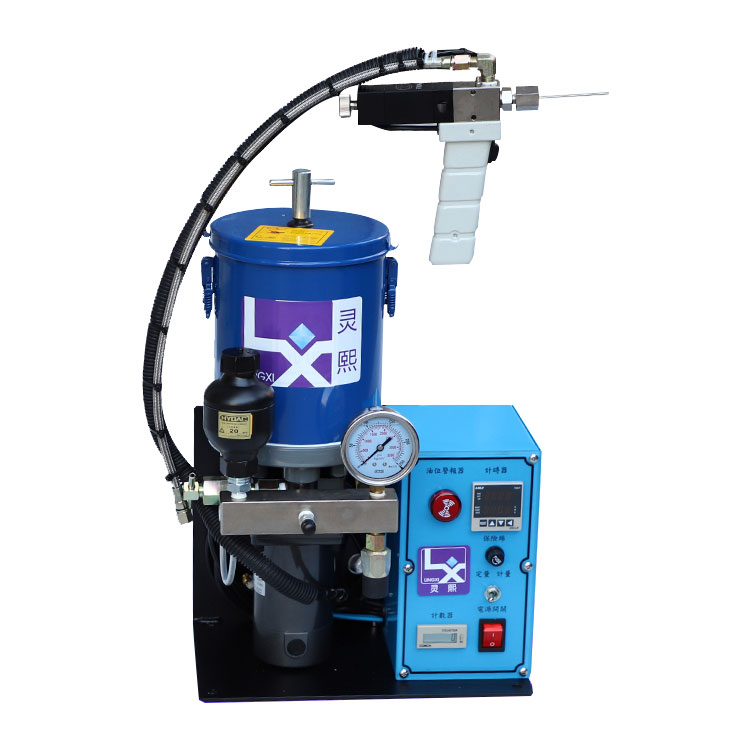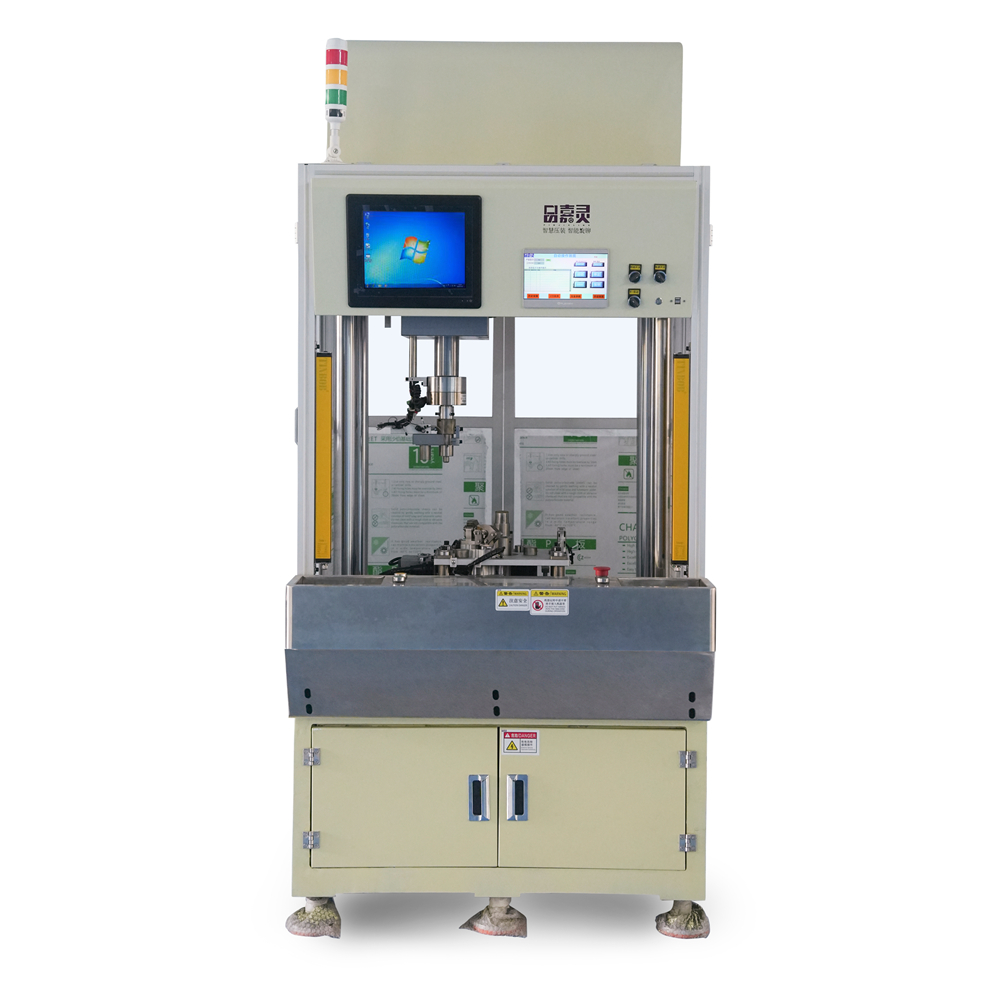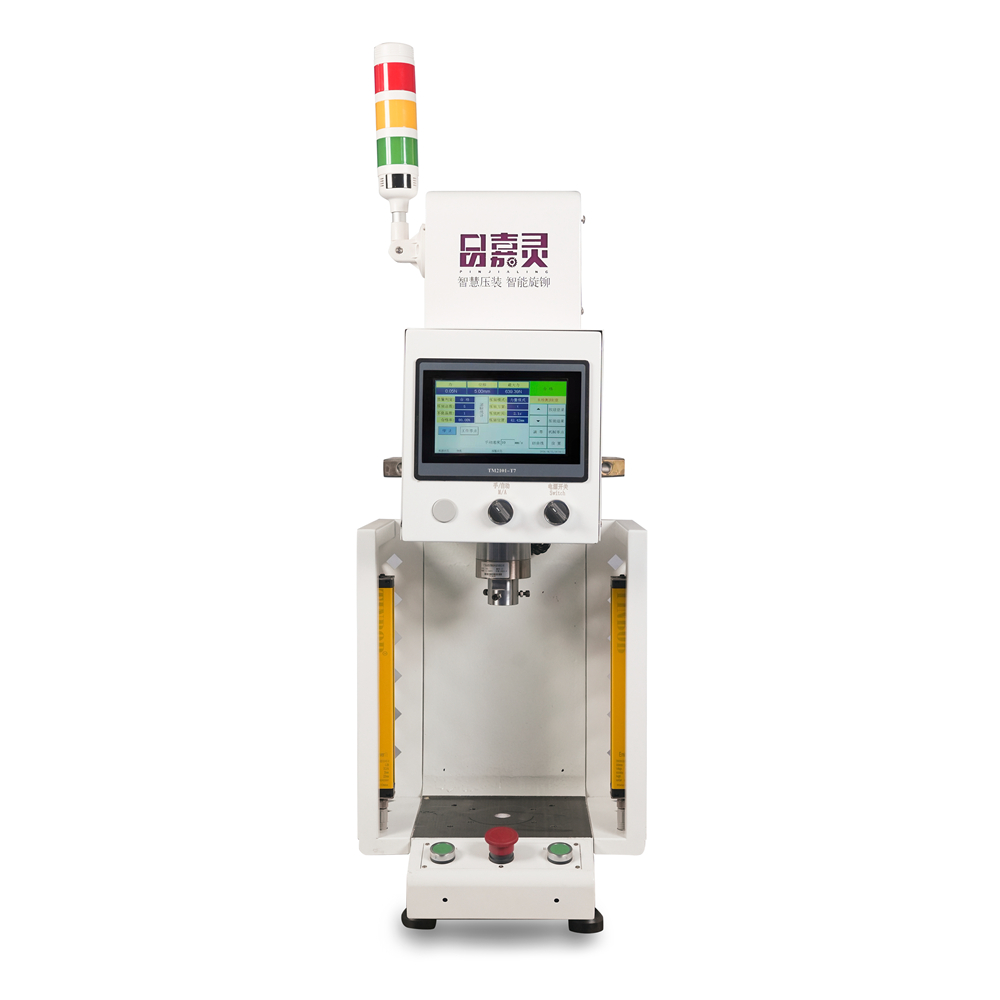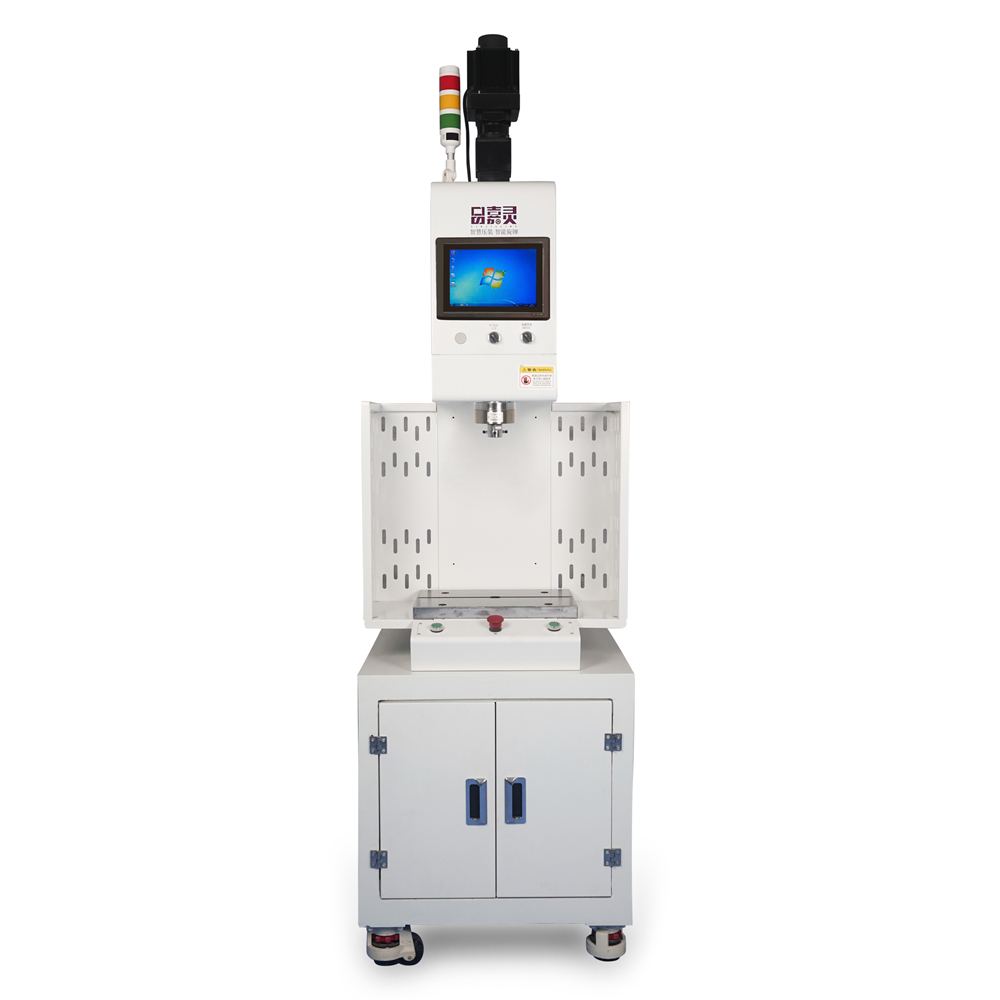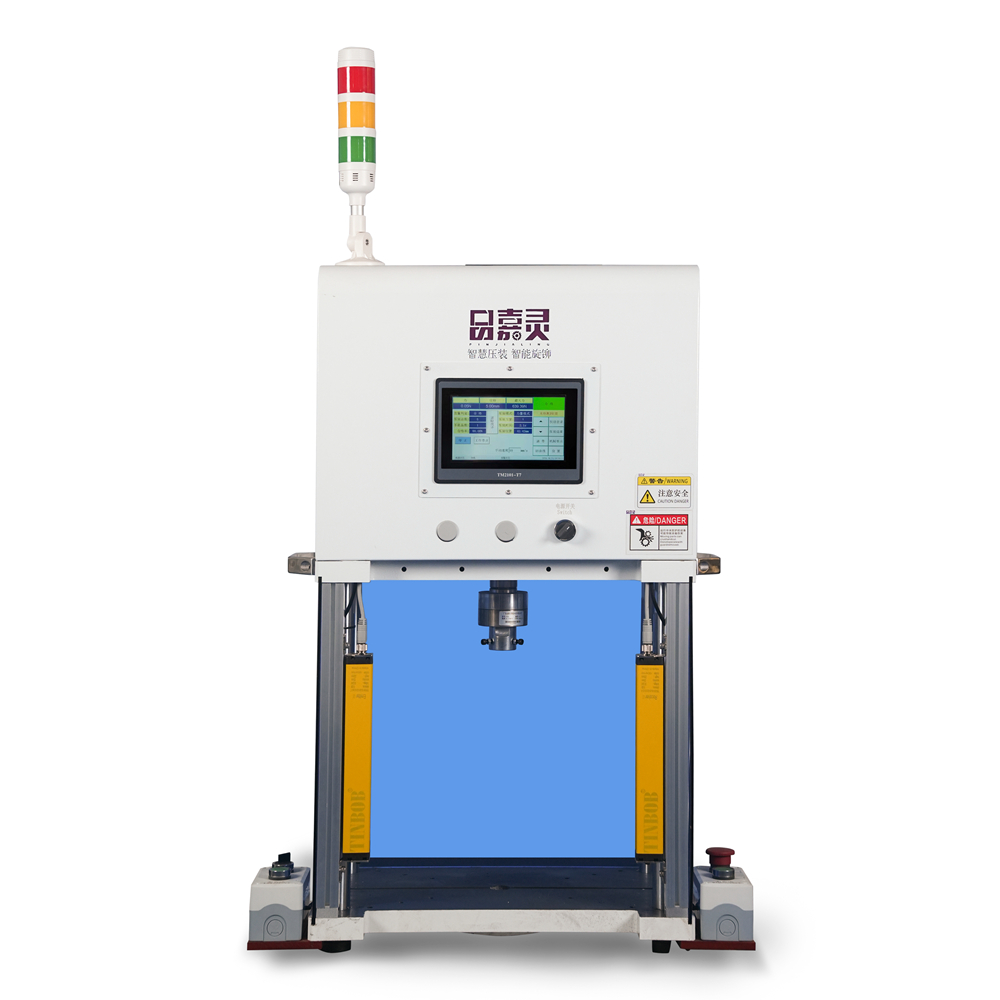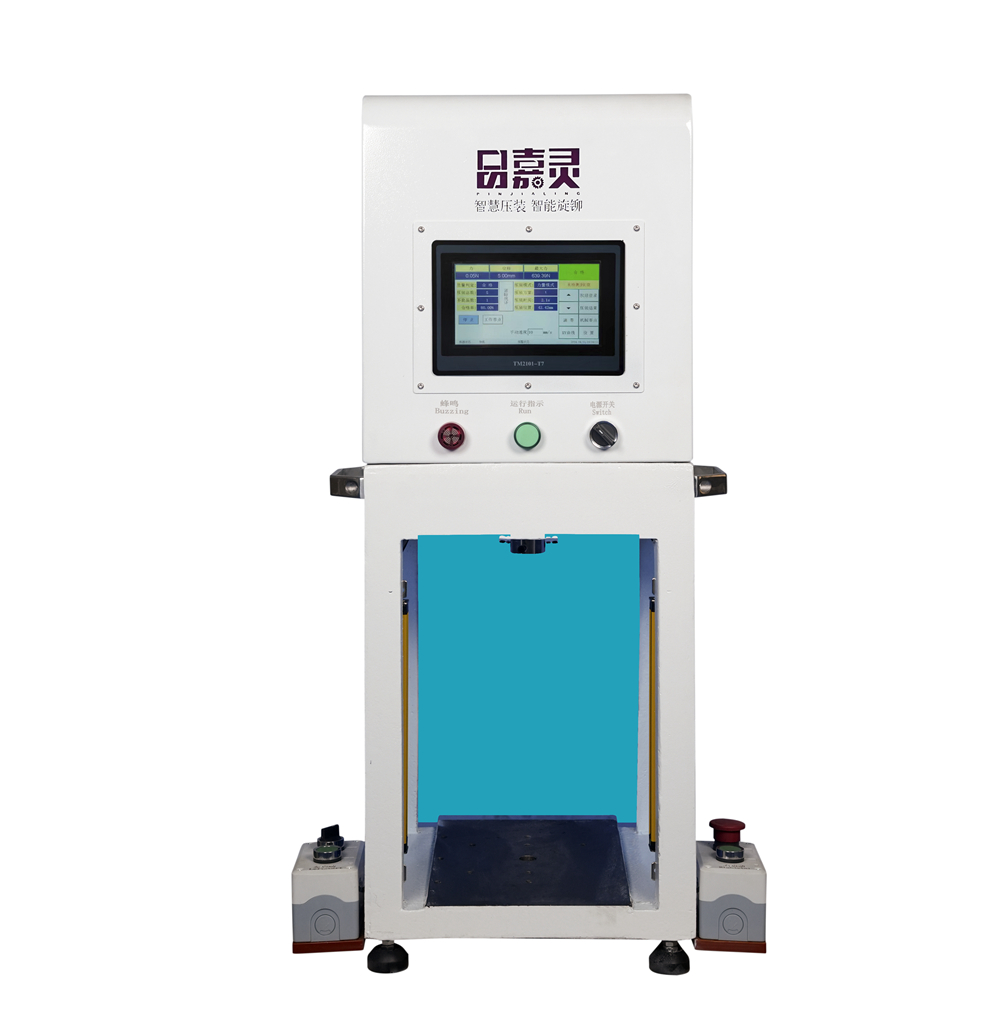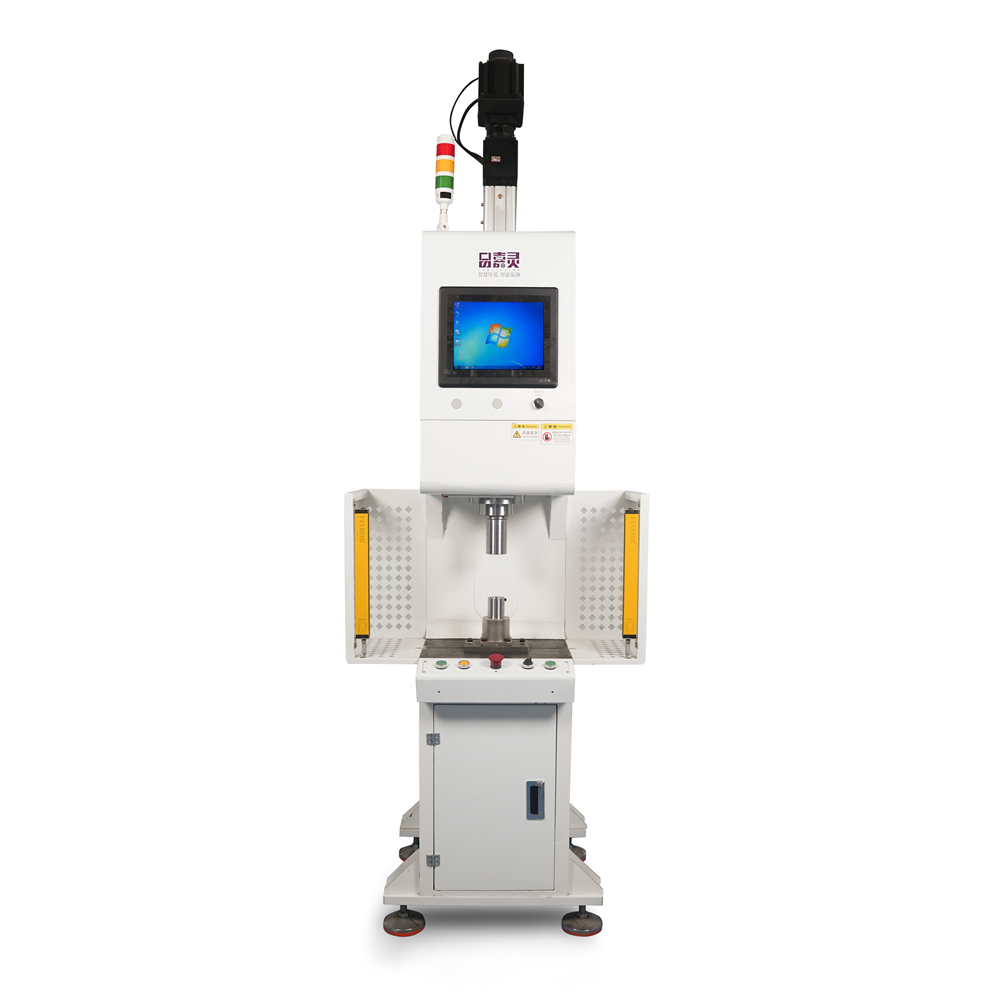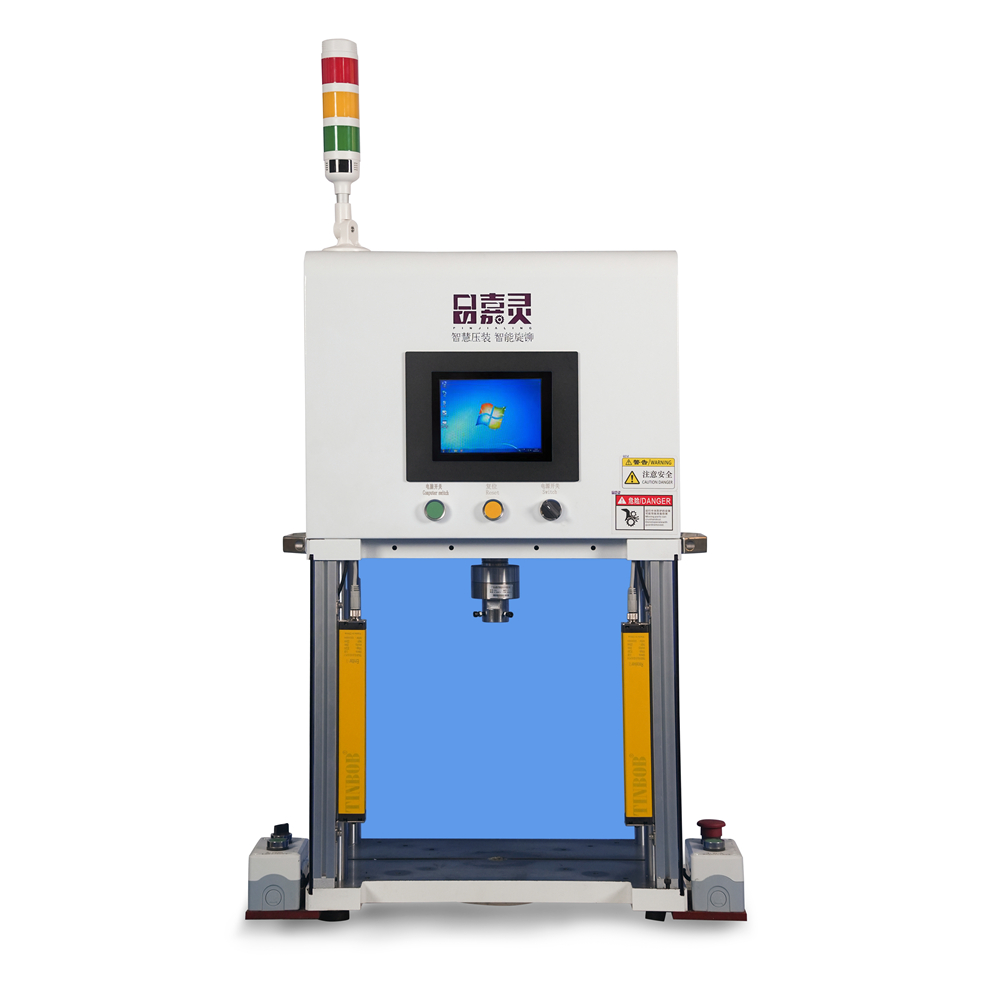Servo Press Machine Speed and Throughput Optimization Techniques
In the realm of industrial manufacturing, the importance of optimizing the speed and throughput of servo press machines cannot be overlooked. These machines are designed to deliver precise force control and maintain high levels of efficiency throughout the production process. Focusing on speed and throughput optimization not only enhances productivity but also ensures consistent product quality, reducing waste and downtime.

One effective technique for optimizing speed is the adjustment of the servo press machine’s stroke length and speed settings. By fine-tuning these parameters based on the specific requirements of the application—such as the material being processed and the complexity of the tooling—manufacturers can achieve improvements in cycle times. For instance, reducing the stroke length for simpler components can minimize travel time, leading to quicker production cycles without compromising quality.
Another critical factor to consider is the synchronization of machine components. Proper synchronization ensures that all parts of the machine work together seamlessly, which is vital for maintaining high throughput. Implementing advanced control algorithms that manage the timing and coordination between the servo motors, actuators, and tooling can greatly enhance the overall efficiency of the machine. These algorithms can adapt in real-time to varying loads and conditions, ensuring optimal performance across a range of operational scenarios.
The selection of tooling materials and designs also plays a pivotal role in optimizing speed and throughput. High-quality tooling can significantly reduce friction and wear, leading to smoother operations and less downtime for maintenance. Additionally, employing modular tooling systems can facilitate quicker changeovers between different production runs. This adaptability minimizes idle time, allowing manufacturers to switch from one product to another with ease, thus maintaining a competitive edge.
Monitoring and analyzing machine performance through data acquisition systems can provide valuable insights into operational efficiency. By collecting data on cycle times, force application, and energy consumption, manufacturers can identify bottlenecks and areas for improvement. This analysis enables them to implement targeted adjustments to operational procedures, contributing to enhanced speed and output. Regular performance assessments can also aid in predictive maintenance, allowing for timely interventions that prevent unexpected breakdowns and extend the lifespan of the equipment.
Training operators on the effective use of servo press machines is equally essential. Skilled personnel can make informed decisions regarding machine settings and adjustments, which can ultimately lead to better performance. Regular training sessions can emphasize the importance of adhering to best practices and staying updated on the latest technological advancements in machine operation. An informed workforce can optimize machine usage and contribute to a culture of continuous improvement within the manufacturing environment.
Collaboration with equipment manufacturers and automation specialists can yield innovative solutions tailored to specific industry needs. Engaging in partnerships can facilitate access to the latest technologies and optimization techniques, allowing manufacturers to stay ahead of the curve. Customization options and upgrades offered by equipment suppliers can also enhance machine capabilities, promoting efficiency and output.
In conclusion, optimizing the speed and throughput of servo press machines involves a multifaceted approach that encompasses adjustments to machine settings, synchronization of components, tooling selection, performance monitoring, operator training, and strategic partnerships. By focusing on these areas, manufacturers can achieve significant enhancements in productivity and quality, positioning themselves favorably in today’s competitive market. Implementing these techniques not only streamlines operations but also fosters innovation and growth within the industrial sector.
- How to Choose a Reliable Servo Press Machine Manufacturer
- Choosing a reliable servo press machine manufacturer is crucial for achieving the performance and quality you expect...
- Customized Servo Press Machine for Non Standard Material Processing
- Customized servo press machines play a crucial role in the processing of non-standard materials across various...
- Benefits of Desktop Servo Press Machine in Small Scale Production Environments
- The desktop servo press machine is increasingly becoming a valuable asset in small-scale production settings. Its unique...
- Servo Press Machine Speed and Throughput Optimization Techniques
- In the realm of industrial manufacturing, the importance of optimizing the speed and throughput of servo...
- Servo Press Machine Noise Reduction Strategies in Industrial Settings
- Noise generation in industrial settings, particularly from servo press machines, is a common concern that can...
- Customized Servo Press Machine Design Process from Concept to Production
- The design process of a customized servo press machine involves multiple stages, from initial concept through to...


